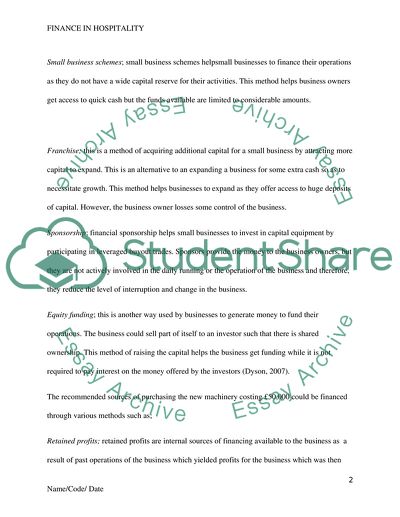Cite this document
(Finance in Hospitality Assignment Example | Topics and Well Written Essays - 5000 words, n.d.)
Finance in Hospitality Assignment Example | Topics and Well Written Essays - 5000 words. Retrieved from https://studentshare.org/finance-accounting/1832226-finance-in-hospitality
Finance in Hospitality Assignment Example | Topics and Well Written Essays - 5000 words. Retrieved from https://studentshare.org/finance-accounting/1832226-finance-in-hospitality
(Finance in Hospitality Assignment Example | Topics and Well Written Essays - 5000 Words)
Finance in Hospitality Assignment Example | Topics and Well Written Essays - 5000 Words. https://studentshare.org/finance-accounting/1832226-finance-in-hospitality.
Finance in Hospitality Assignment Example | Topics and Well Written Essays - 5000 Words. https://studentshare.org/finance-accounting/1832226-finance-in-hospitality.
“Finance in Hospitality Assignment Example | Topics and Well Written Essays - 5000 Words”, n.d. https://studentshare.org/finance-accounting/1832226-finance-in-hospitality.


